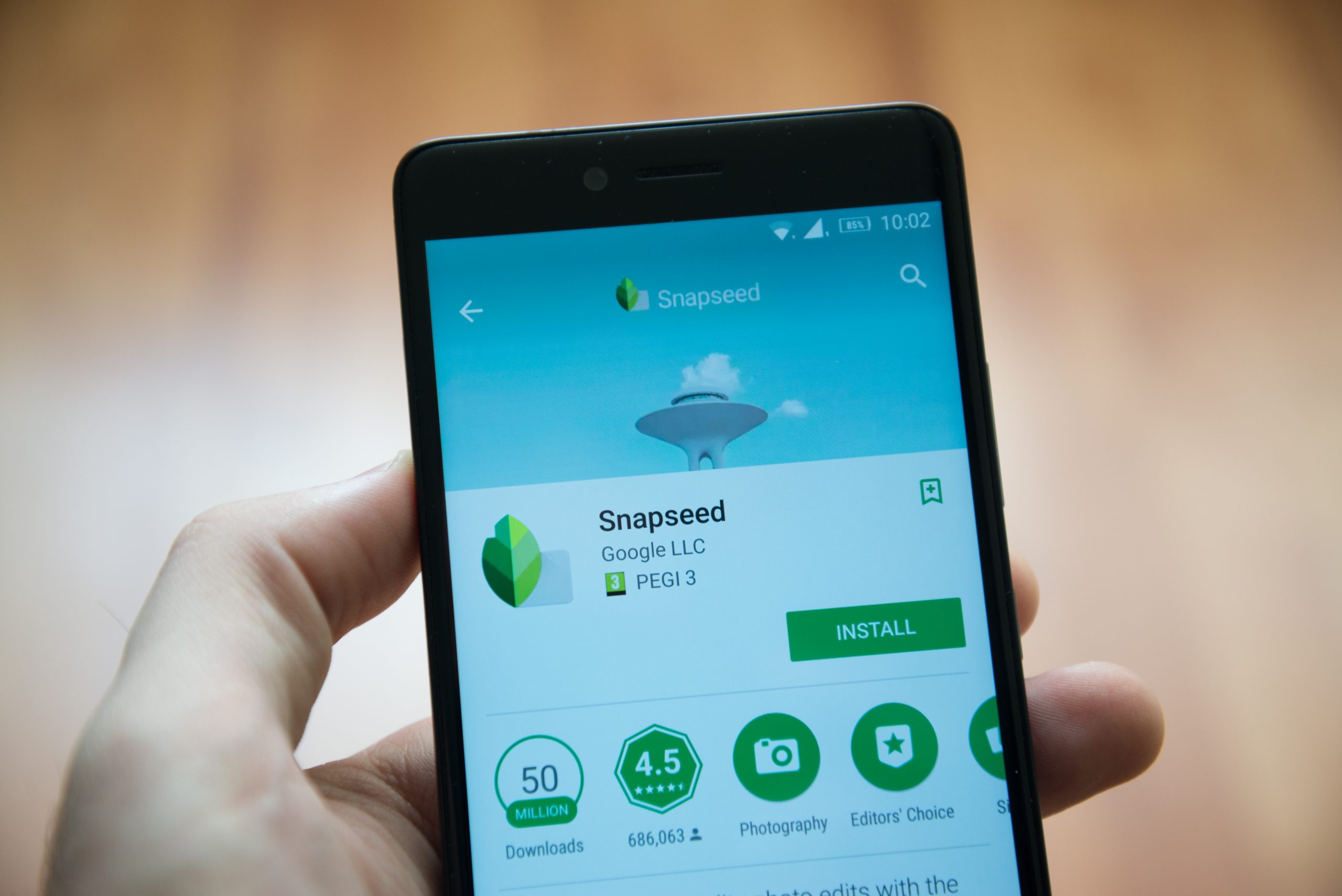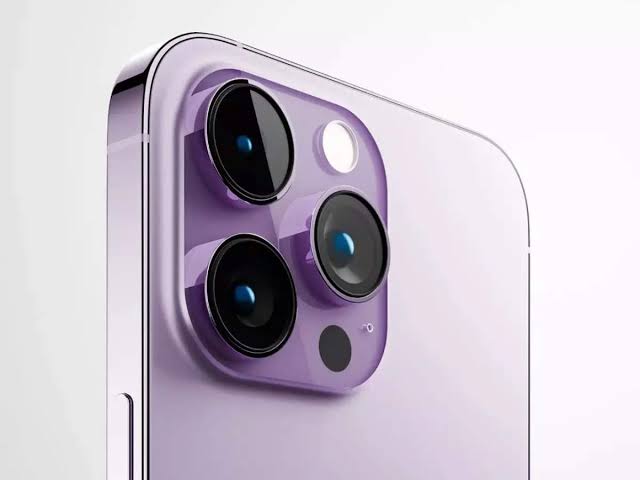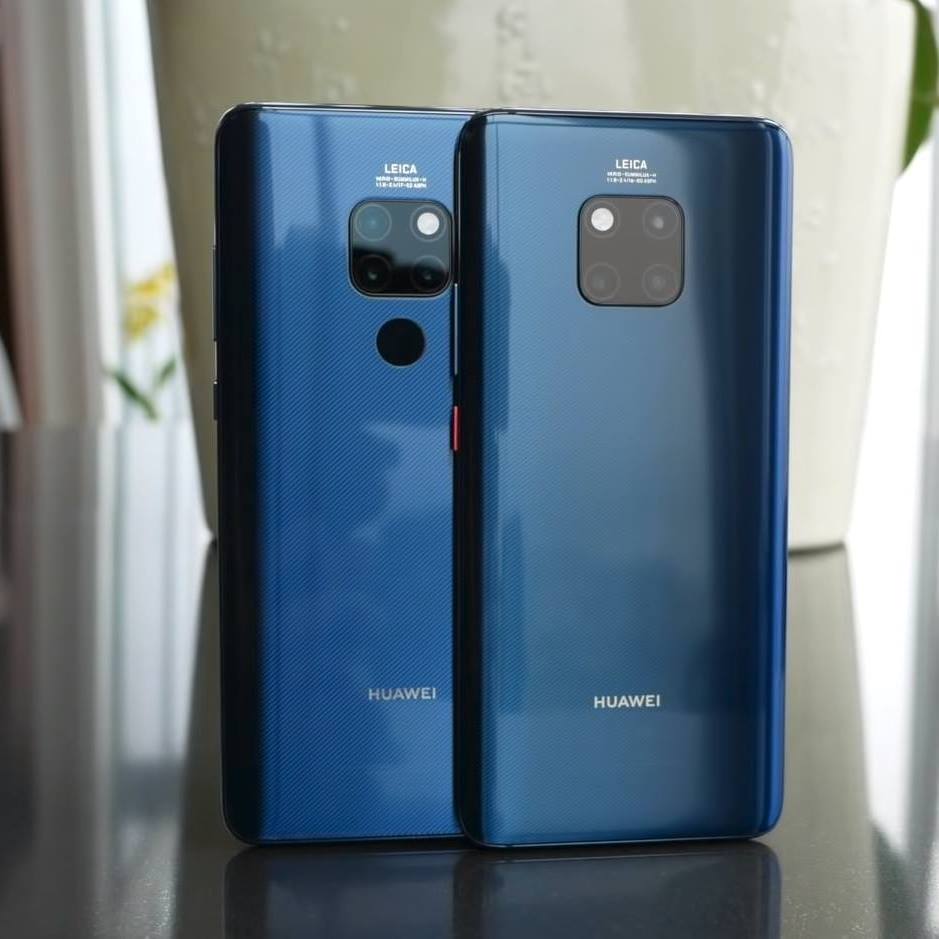The realm of modern smartphones has been marked by a defining trend— the integration of waterproof and water-resistant features. In this era, where smartphones have become an indispensable part of our daily lives, manufacturers are relentless in their pursuit of innovation and protection. While the concept of smartphones weathering the elements of dust and water might seem like a distant dream, it’s quickly becoming a reality. In this detailed guide, we embark on a journey to decipher whether the latest contenders, the Motorola Razr 40 and 40 Ultra, stand as waterproof marvels. Our mission involves a series of tests designed to explore their resilience against water exposure, providing you with insights to inform your device choice.
The Evolution of Water Resistance in Smartphones
The advent of smartphones brought about a significant paradigm shift. These handheld devices are no longer just communication tools; they have seamlessly woven themselves into the fabric of our existence, serving as navigators, entertainment hubs and productivity tools. With such dependency comes the necessity for devices that can withstand the rigors of our dynamic lifestyles. This need spurred the development of waterproof and water-resistant technologies. Manufacturers, including Motorola, recognized the demand for devices that could brave accidental spills, rain-soaked days and impromptu water encounters.
Unveiling the Motorola Razr 40 and 40 Ultra
Amidst this ever-evolving landscape, Motorola’s Razr 40 and 40 Ultra emerged as contenders for the title of innovation champions. Sporting a unique folding design, these devices seamlessly blend nostalgia with modern advancements. Before we plunge into their water resilience capabilities, let’s take a closer look at their specifications and design nuances.
The Motorola Razr 40 boasts a captivating 144 Hz refresh rate and a 6.9-inch display flaunting a resolution of 1080×2640 pixels. This Full HD+ panel, shielded by Gorilla Glass, also features a nifty 1.5-inch outer screen catering to notifications and quick glances. The device is fueled by the latest Android 13 and houses a substantial 4200 mAh battery, supporting wireless charging. The photographic prowess of the Razr 40 is a highlight, with a 64 MP primary camera and a 32 MP front-facing lens.
On the other hand, the Motorola Razr 40 Ultra commands attention with the Snapdragon 8 Gen 2, a processing powerhouse. Coupled with 8 GB of RAM and 256 GB of internal storage, it’s a performance-oriented beast. Rapid charging, enabled by the 33W charger, ensures swift refueling. The Razr 40 Ultra flaunts a 3800 mAh battery and a 12 MP main camera, harmonizing style and substance with it’s 6.9-inch foldable display.
IP Rating: The Key to Water Resistance
Understanding the degree of water resistance a device possesses requires a glance at it’s IP(Ingress Protection) rating. This industry-standard measure gauges a device’s ability to ward off solid particles and water intrusion. Comprising two digits, the IP rating offers valuable insights. The first digit addresses solid particles, with higher numbers indicating greater protection. The second digit denotes water resistance, where higher values signify enhanced resilience against liquids.
Motorola Razr 40 and 40 Ultra Waterproof Test:
To unravel the water resilience of the Motorola Razr 40 and 40 Ultra, we subjected these devices to rigorous testing. Our evaluation involved immersing the devices in water for specific durations, simulating real-world scenarios. The results, while not indicative of all possible scenarios, offer a glimpse into how these devices fare against water exposure.
| Test Condition | Results |
|---|---|
| 30 Seconds Dipped in Water | Key functionalities remained operational: touch screen, camera, charging port, power and volume keys. Speakers and microphone functioned after water drainage. Microphone, 3.5mm jack and fingerprint scanner non-responsive. |
| 5 Minutes Dipped into Water | Touch screen, camera, power and volume keys continued to function. Speakers and microphone ceased functioning. Fingerprint scanner remained unaffected. |
Analyzing the Outcome
The results of the water resistance tests reveal that the Motorola Razr 40 and 40 Ultra are not fully waterproof. The international version of the Razr 40 Ultra holds an IP52 rating, indicating limited water resistance capabilities. While not immune to water, these devices are capable of withstanding minor splashes and sprays, demonstrating their water-resistant attributes.
Navigating Water Resistance and Splash proofing
It’s crucial to differentiate between water resistance and waterproofing. While manufacturers refrain from labeling devices as waterproof, water resistance guarantees a certain level of protection. Devices are considered water-resistant if they possess an IP rating of 67 or 68. With an IP52 rating, the Motorola Razr 40 and 40 Ultra exemplify water-resistant characteristics. While they might not withstand complete submersion, they can fend off minor water encounters, such as raindrops or splashes.
Conclusion: Selecting the Right Device for You
As we draw the curtain on our exploration, it’s evident that the Motorola Razr 40 and 40 Ultra hold their ground as water-resistant devices. While not completely impervious to water, their IP52 rating equips them to brave everyday challenges. Whether it’s a sudden downpour or an accidental spill, these devices are primed to endure. Armed with a deeper understanding of their water resilience, you’re now equipped to make an informed decision when selecting a device that aligns with your lifestyle and preferences. Remember, the journey doesn’t end here— technology continues to evolve and we’re poised to witness even greater strides in water resistance and durability.
Other Technical Reviews:- Reviews








